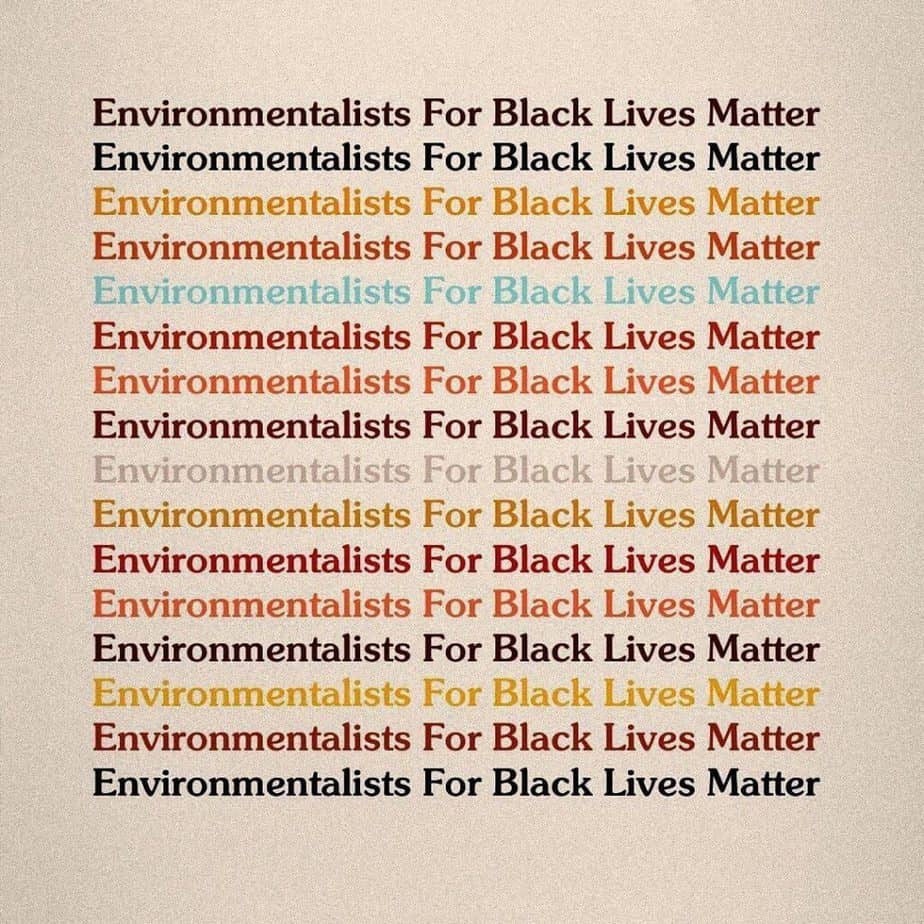Can Online Activism Make a Real Difference?
Online activism ran rampant this year, but is it useful?
- Last Updated Sep 10, 2020

Pre-Spring 2020, my Instagram explore page was littered with infographics about diet and exercise made by the hundreds of gymstagrams I’d followed when I decided to start working out. Most of them featured diagrams about correct form and technique for weightlifting exercises and calorie-cutting hacks, and I hated them. But I couldn’t resist clicking on them. Admittedly, that was partly because I loved to hate them but, also, they were just so eye-catching.
Thankfully my Instagram feed is now a much purer place in terms of unsolicited fitness advice. Infographics, though? More than ever.
I’m not the first to write about this and I’m sure I won’t be the last. In late May this year, at the height of lockdown, an unforgettable video surfaced: the murder of a Black man, George Floyd, by a police officer. Rightly, this sparked universal outrage. Where people could, they took to the streets in support of the Black Lives Matter Movement. It was the biggest civil rights movement since the 1960s. But, remember, we were in the middle of a pandemic. Not everybody could get out and protest no matter how much they wanted to. My Instagram explore page became a library of information about anti-racism and BLM, among other things.
In what has now been dubbed “PowerPoint activism,” thousands of history lessons detailing the horrors of colonialism, slavery, and systemic racism were packaged up in pretty fonts and bright colors, making them both easily-digestible and easy on the eye.
Outside of Instagram, Animal Crossing: New Horizons (arguably the game of the lockdown, if not the year) became a stage for protests. From Black Lives Matter to Free Hong Kong, those who couldn’t support the movement outside could do it comfortably from inside their homes by swiping, sharing, and playing from their handheld device. Hashtags, too, have often played a crucial role in online activism – particularly for Black women – from, #MeToo to #SayHerName.
Just this month, Joe Biden moved his presidential campaign into the gaming sphere with Animal Crossing yard signs. The Biden campaign also enlisted a teen supporter’s aesthetically pleasing, informational Instagram account.
This style of activism comes in many forms for many purposes: anti-racism, environmental activism, political campaigning, and even right-wing messaging (most often through tainted memes). But, it has proven particularly divisive.
On one hand, these infographics and online movements seemed perfect for Activism in the Time of COVID. After all, we were in the middle of a pandemic; many were shielding, or living with vulnerable people. Even without the threat of an undetectable, deadly virus, protests aren’t always accessible, especially for those with disabilities. Infographics and online protests led to donations to charities, nonprofits, and struggling or vulnerable communities and individuals and millions of signatures on hundreds of petitions.
I’m really feeling a way about the number of white people on Instagram suddenly producing infographics with racism 101s or “a brief history of Winston Churchill”, feels like a cynical ploy to drive re-shares and boost followers without actually contributing anything new?
— Jason Okundaye (@jasebyjason) June 14, 2020
Despite acknowledging their success in spreading information fast and reaching people who might not have been otherwise clued in, a lot of people have called out the performativity of it all. As one person pointed out on Twitter, it is just surface-level stuff. Brands, especially, were quick to jump on the bandwagon without making any real changes behind the scenes.
Others criticized users for repurposing research (mostly by Black people) for their own gain, without credit. One Twitter user said it “must be followed through with something that makes a substantial difference.” Honestly, I agree. While I found a lot of the content to be valuable, entry-level information about things I hadn’t previously considered, that’s all it was. And it didn’t count as “doing the work”.
Some people didn’t like such brutalities being framed as easily digestible Content™; they felt it was a disservice to the movement and to their realities. Writing about the trend, Terry Nguyen noted that infographics were designed to beat Instagram’s algorithm. But this meant that other activists’ hard work that maybe wasn’t so aesthetically pleasing was pushed to the bottom, never to be seen.
It seems to me that, coupled with tangible action, online activism can be a force for good, even if only to raise awareness on a mass scale as it did this year. But if it doesn’t go alongside something tangible, like donating to a cause, attending a protest or simply making positive changes in your own life by practising what you preach, it is essentially fruitless.
